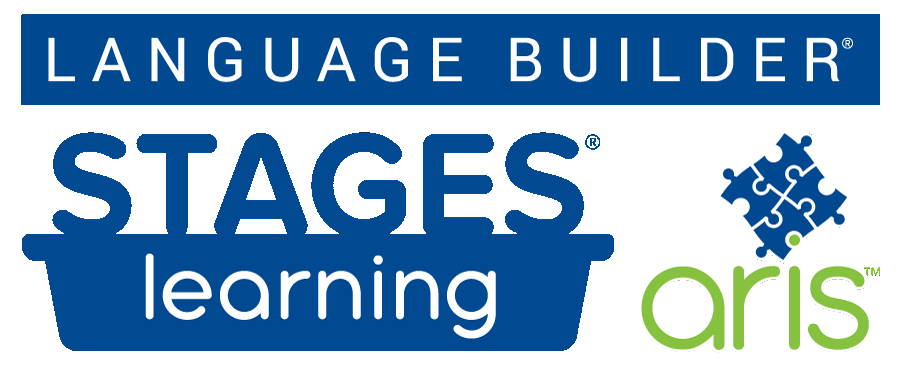
Strategies to use with your students
Inclusion is a great thing. Children with special needs are no longer isolated in “Special Ed” classrooms and only seen on the playground or in the lunchroom. Kids with special needs thrive in the presence of their peers. There are so many lessons that children with special needs can learn from other kids, and so many friendships to be formed.
 FREE Download: ARIS Behavior Tracking Sheets
FREE Download: ARIS Behavior Tracking Sheets
 Children with autism spectrum disorder and other learning disabilities, such as ADHD, perform better, both academically and socially, if the classroom is set up to accommodate their special needs.
Children with autism spectrum disorder and other learning disabilities, such as ADHD, perform better, both academically and socially, if the classroom is set up to accommodate their special needs.
Teachers are called upon to be creative and innovative when preparing classrooms. Managing an all-inclusive classroom is easier if simple, personalized teaching strategies for the special needs student are implemented. The following tips will help you create a learning environment that will help students bloom where they are planted!
1. Use computer based programs to hold the interest of students with autism. Stages Learning Line is an invaluable tool when working with children with autism. The platform is a revolutionary visual learning and assessment tool for teachers and educators working with young children wit autism. The program includes thousands of images and exercises created by a certified behavior analyst. You can also use your own images to personalize lesson plans for students who have specific interests. One standardized platform allows teachers to create effective, customized lesson plan, that can be shared with other students and teachers who may share the same interests. The products preceding Stages Learning Line have been researched and implemented in schools around the world and have proven to be effective learning tools for instructing students with autism.
2. Set the desks in the classroom is rows, rather than using circular seating around large tables, if possible. Students with autism need their own space. The student with ADHD is easily distracted, so a seat close to the teacher, facing forward works best. Children with special needs are easily distracted, so keep their desks away from the windows, doors and activity centers in the classroom.
3. Post classroom rules in a conspicuous place in the classroom, and review the regularly. Ask students to take turns reading the rules aloud as part of the daily routine. Make sure all students understand the rules of the classroom and the consequences for not adhering to them. It may be helpful to allow the class to help formulate the classroom rules.
4. Keep it simple. Give verbal prompts frequently, and be sure your instructions are easy to understand. Repeat instructions if the student does not seem to comprehend what you are saying.
5. Use visual aids such as charts, graphs, and pictures. The Stages Learning Line computer program consists of colorful, vivid pictures that are sure to please. Children with autism tend to respond well to technology. Stages Learning Line is very appealing to them and allows them to be interactive while learning.
6. Peers can be wonderful role models for students on the autism spectrum. Pair compatible children together when working on projects or participating in classroom activities. Many children welcome the opportunity to be a peer role model to the special needs student. The experience is not only positive for the student with autism, but for the peer counselor as well.
7. Have a predictable schedule. Children with autism tend to prefer predictable routines. Give advance warning if the daily schedule is going to change. If there is going to be a field trip, a special guest in the classroom, or a substitute teacher, try to let the class know in advance. Unexpected changes in the routine can be difficult for the child with autism.
8. Teach social skills, such as hand raising, taking turns and sharing as part of the learning curriculum. All students will benefit when reminders are given. Children with autism often engage in self-stimulating behaviors such as hand flapping, rocking or even slapping themselves in the face. Help the other students in the class understand these behaviors.
9. Provide opportunities to take a break. Read a story, play a short game, stand up and stretch, or have casual conversation. Sometimes an opportunity to get out of his seat and walk around the room can be very calming for the child on the autism spectrum. Try to be aware of the signs that your student may need a short break.
10. Focus on student strengths. If a child is interested in dinosaurs, baseball, dogs or water sports, he or she needs the opportunity to exhibit expertise in that subject. Stages Learning Line was developed with the personalized lesson plan in mind. Students with autism thrive when they are studying a lesson plan that was formatted specifically for them.
11. Be aware of environmental triggers. Loud noises, bright lights, and hot or cold temperatures can disrupt a child’s thinking pattern and cause an unnecessary classroom outburst. Be mindful of these environmental triggers and eliminate them whenever possible.
A Positive Experience All Around
Teaching students with autism is a challenge, but the experience can be a positive one for the autistic child, his teachers, and his classmates if the proper teaching strategies are incorporated into the daily routine. Autistic children struggle with socialization. The Stages Learning Line computer based program opens a world of wonder for each student who is enrolled. The autistic student can work independently, and can feel a sense of pride and accomplishment as he masters skills and learns new concepts. The program makes it possible to focus on the things that appeal to the student. Teachers are impressed as they watch in wonder as their students with autism improve their verbal skills as they progress through the program at their own pace.
Stages Learning Line helps teachers improve the effectiveness of their teaching. Parents are delighted when they attend parent-teacher conferences and hear about the positive accomplishments being made in their child’s education. The combination of classroom management strategies and the Stages Learning Line program can help teachers create a learning environment that is productive, enthusiastic and conducive to academic success.






